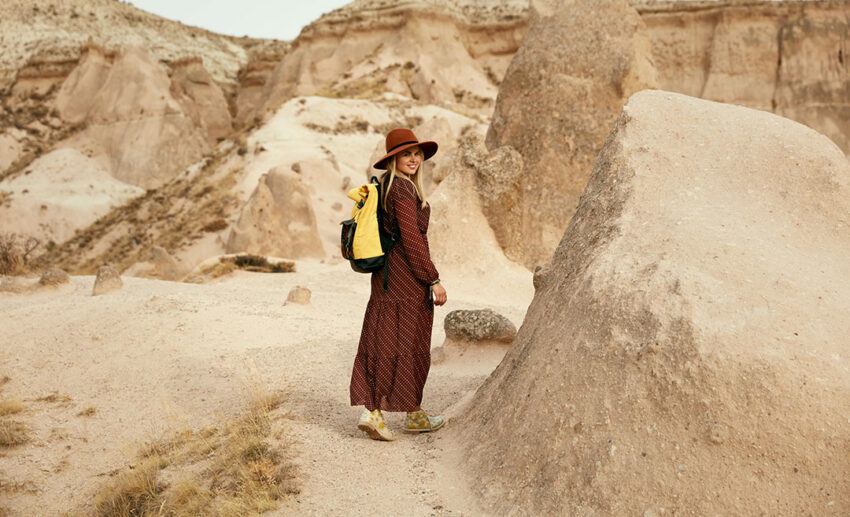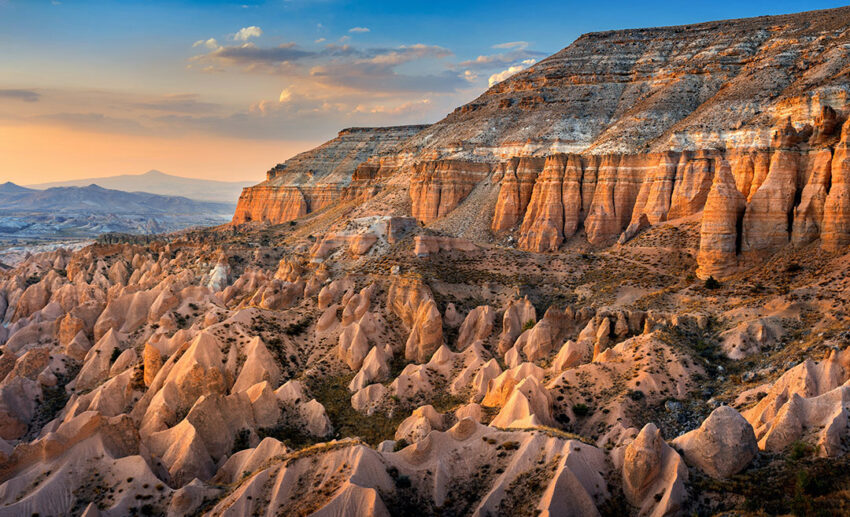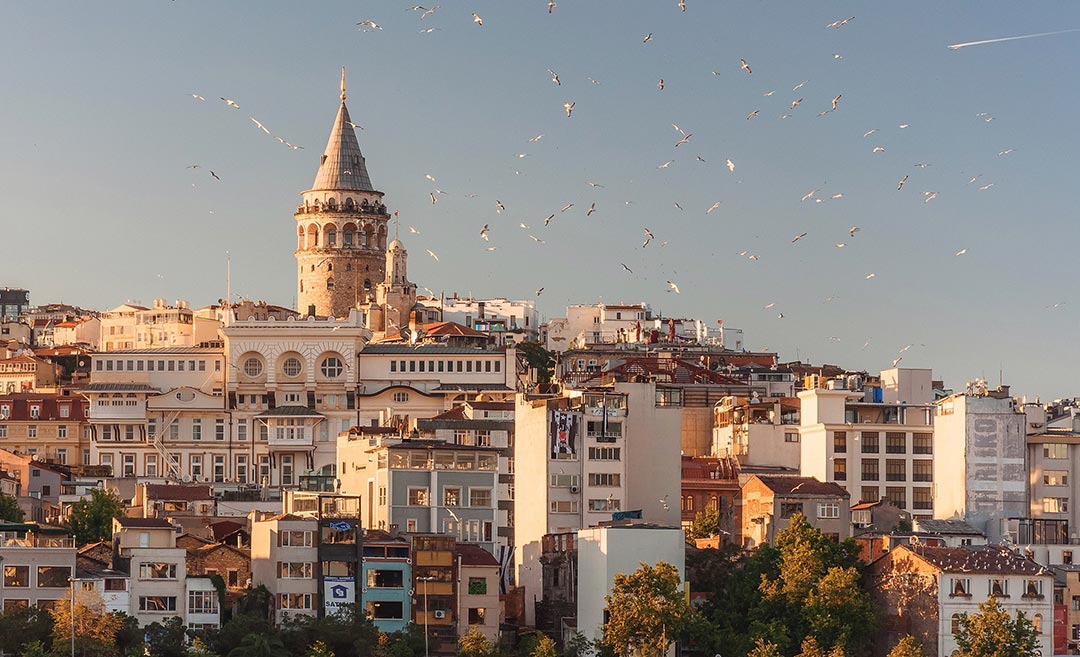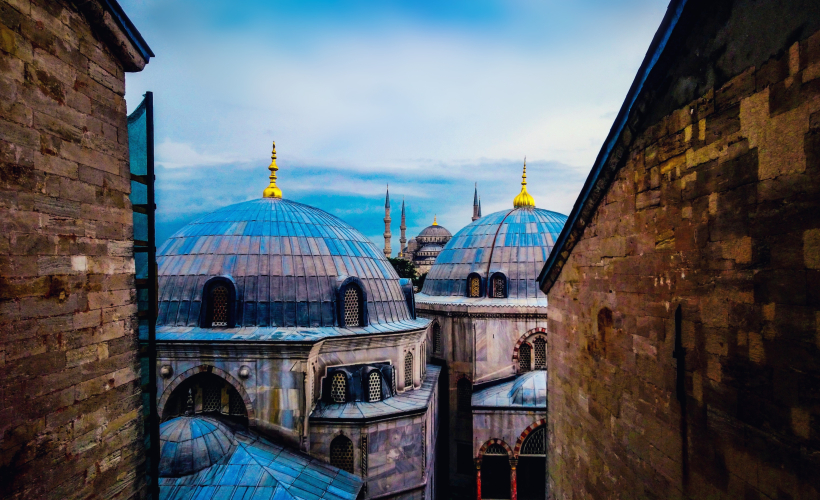Easily one of Turkiye’s most popular tourist destinations, you may wonder if a trip to Cappadocia will be worth the hype. You may wonder if it is magic or real, seeing the rock formations in central Anatolia in Cappadocia. What other than enchantment could sculpt rock into a thickset of stalks that emerge from the ground like mushrooms?
But really, Cappadocia is a geological event that’s 60 million years in the making. It was covered in ash from ancient volcanic eruptions, forming what’s now known as the ‘fairy chimneys’ in its wake — a landscape that includes lunar-like stones, high plateaus, and rocky pillars.
So, to answer your question, the stunning photography itself makes the journey here worth it. And millions of hot-air balloon riders will attest to that.
Exploring the fairy chimneys

When the sun rises and sets, the rocky topography looks purple and shimmers softly under the full moon resulting in an almost surreal landscape in the Goreme area in Cappadocia. People from around the world travel here to see these works of art in real life and wonder about this extraordinary landscape.
The geological process of the fairy chimneys that started some 60 million years ago when ancient volcanic eruptions blanketed the area in ash later hardened into ‘tuff’ — a soft rock that was further worn through time by rain, flood, and wind, leaving the fairy chimneys behind. The softer portion of the tuff wore down over time, and now comes in a variety of forms and shapes that extend about 40 metres high in the sky. Each chimney is protected by a mushroom-shaped cap formed due to the slower eroding of tougher basalt.

Throughout history, the empire builders of Europe ravaged and invaded the region for centuries. At various points in history, the Persians, the Hittites, the Romans, the Ottomans, and the Byzantines have all laid claim to the territory.
Christians who were persecuted during the Roman era fled in large numbers to Göreme in Cappadocia. Here, they discovered that the soft tuff could be easily excavated, which led to the building of churches and dwellings inside the chimneys. They transformed old caverns into enormous havens that could house scores of people, making entire underground cities like Derinkuyu and Kaymakli.
As such, these unique rock formations in Göreme National Park and Cappadocia have been named a World Heritage Site by UNESCO as one of the largest and most impressive complexes in the world.
Going deeper underground

A subterranean city that could secretly house about 20,000 people for months at a time sat hidden away for ages beneath the easily breakable surface of Cappadocia. Over 85 metres below the surface of the Earth, Elengubu, now Derinkuyu, has tunnels that wind down to 18 levels. There’s no other historical architecture like it, and it was almost continuously inhabited for thousands of years, passing through the hands of the Phrygians, the Persians, and the Byzantine Christians.
It is the greatest underground city ever to have been excavated. The Cappadocian Greeks finally abandoned it in the 1920s when they abruptly withdrew en masse to Greece after suffering defeat in the Greco-Turkish war.
Over 200 small, distinct underground cities, which have already been found in the area, are believed to have these tunnels connected to them, making a vast subterranean network, in addition to the cave-like rooms extending hundreds of kilometres.
Cappadocia as a tourist destination

Tourists started visiting this place in the 1960s, attracted by the scenery and the culturally intriguing troglodyte villages. The preservation and restoration of the region took place after receiving UNESCO status for the sites of Göreme National Park and Cappadocia in 1985.
These days, several cave complexes and fairy chimneys have been reshaped into boutique hotels to help guests enjoy a pleasant stay in a fascinating setting. Hot air ballooning is another popular activity in the region.
Spend the day strolling or biking through the Red Valley and Meskendir Valley along clearly-marked tracks that pass abandoned cave homes and underground tunnels. Wonderful excursions like these let you combine nature and culture within a setting unlike any other.
Take the top trail along the valley’s ridge for breathtaking views of the surrounding tuff rocks. A walk can also include a visit to the open-air museum at Göreme, where you can see the cities and churches carved out of the rock.
So, go on. Discover the Cappadocia region in Turkiye by taking a non-stop Pegasus Airlines flight from within the UAE. Choose from suitable flight packages while enjoying Bol Bol points, in-flight entertainment, and baggage allowances. It’s a trip you won’t soon forget!




